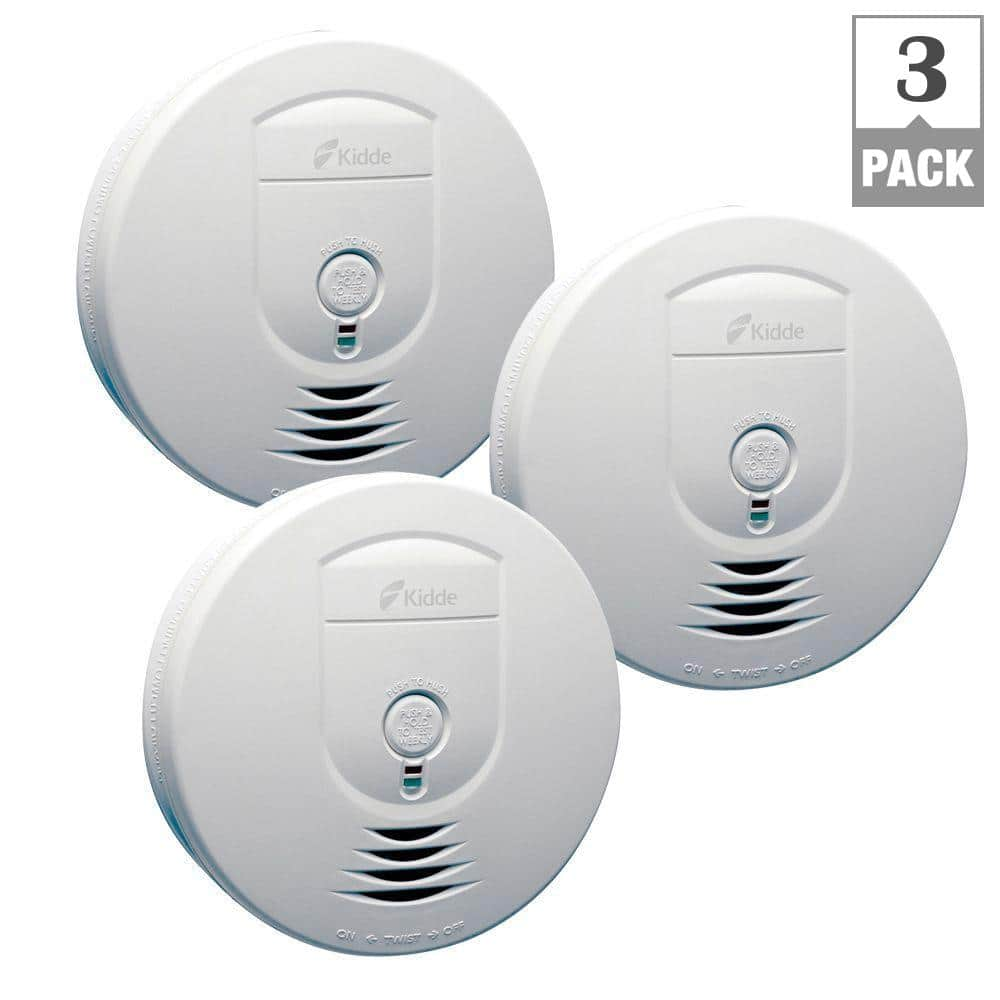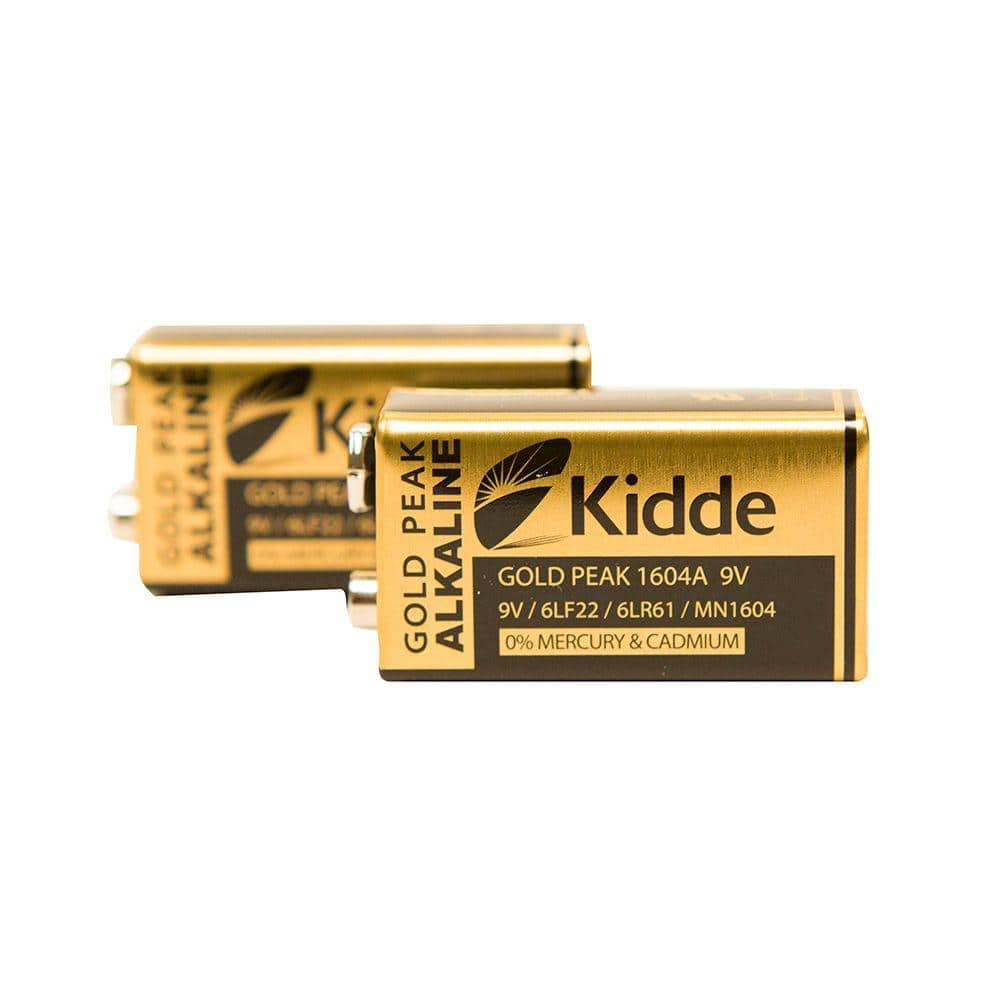
Smoke and carbon monoxide detectors are essential safety equipment for your home. Smoke alarms sound an alarm when they sense the presence of smoke particles in the air, while carbon monoxide detectors sound an alarm when toxic levels of the invisible and odorless gas are detected.
This guide highlights the types of smoke detectors and carbon monoxide alarms that are available. Read on to learn about power sources, interconnectivity, installation methods and maintenance options.
Types of Smoke Detectors
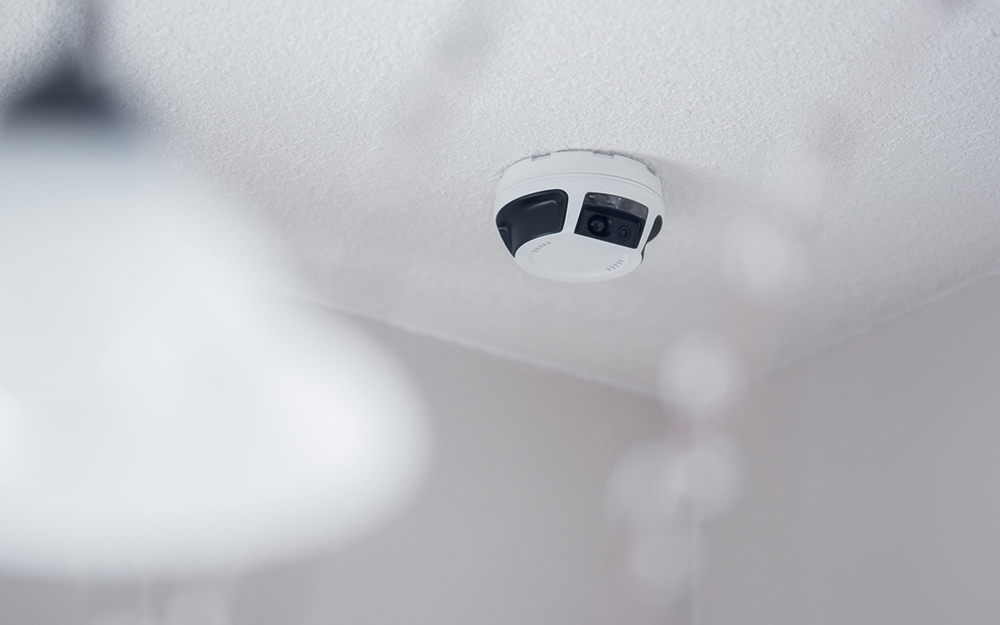
A smoke detector's job is to alert you to the presence of unsafe smoke or gas in your home. How it detects the hazard will differ depending on the type of smoke detector you choose. Since you cannot predict the type of fire that will occur in a home, there is no one choice that’s better than the other.
- Ionization smoke alarms feature electrodes that continuously conduct low-level electrical current through ionized air. Smoke particles that enter the ionized air disrupt this current, triggering the alarm. Ionization sensors can detect smaller, less visible fire particles sooner than photoelectric alarms. These are better at responding to flaming fires.
- Photoelectric alarms detect smoke using a light sensor and light beam. Ordinarily, the light beam points away from the sensor. When there’s a fire, the smoke particles scatter the beam, redirecting some light to hit the sensor, which triggers the alarm. These alarms may detect larger, more visible fire particles sooner than ionized sensors. These are better at responding to smoldering fires.
- Both ionization and photoelectric alarms are designed to detect any house fire, no matter the source. For optimal protection, consider a dual-sensor smoke alarm that incorporates both technologies.
- Standard carbon monoxide (CO) alarms have sensors that trigger an alarm when CO gas reaches unsafe levels.
- Combination smoke and CO alarms provide an all-in-one solution.
Power Sources
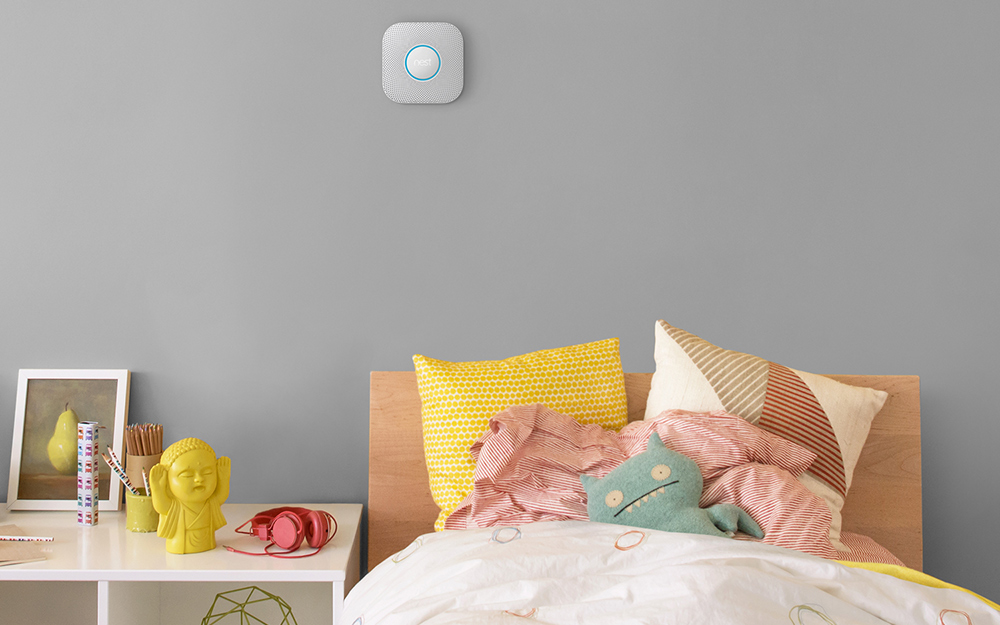
Smoke and CO alarms operate using one of three power sources: hard-wired, battery-powered or plug-in to a wall outlet.
- Hardwired smoke detectors are powered directly to an AC electrical circuit, which is standard in new construction. Many also include a battery backup system to keep it functioning during power outages.
- Battery smoke detectors are standalone and don’t require electrical wiring. They can use a nine volt or AA battery, which should be changed twice per year. Models with lithium batteries can last up to 10 years.
- Plug-in CO alarms plug directly into an electrical wall outlet. The plug-in design isn’t practical for smoke alarms.
Interconnectivity
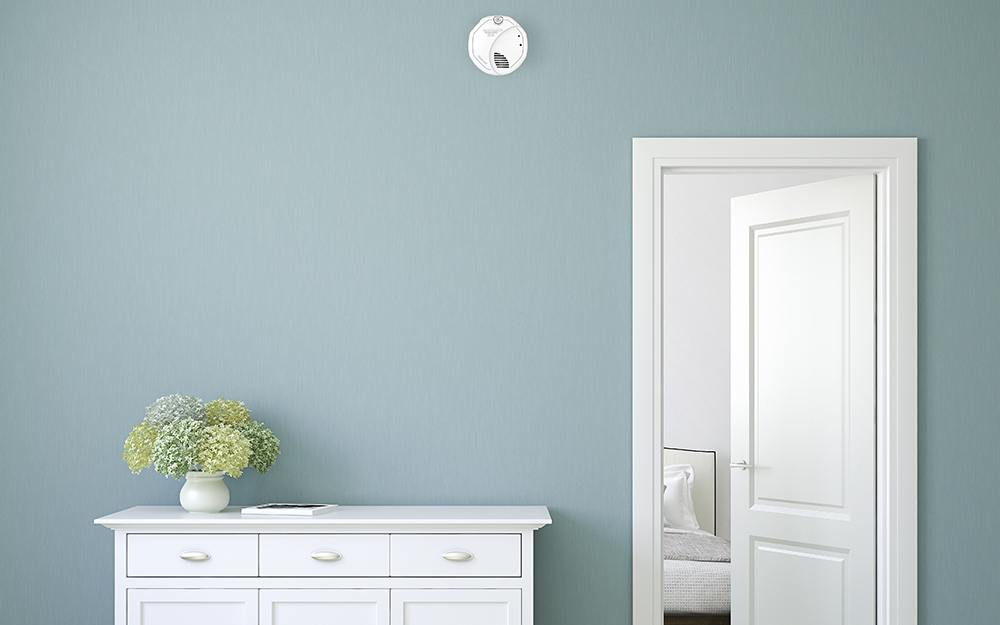
Look for alarms that connect to other alarms and safety systems for the most efficient coverage.
- It is possible to connect some hard-wired units, also called wire-in alarms, so that all alarms will sound if any detect smoke or CO. These units require three-wire cables and a set of alarms from a single manufacturer designed to connect with each other.
- Some battery-powered alarms are designed to communicate with each other via radio frequency signals. If one senses any smoke, all of them sound the alarm.
- Alarms connected to home security systems can be monitored in real time, and the monitoring company can notify the fire department if the alarm is triggered.
Installation, Placement and Maintenance
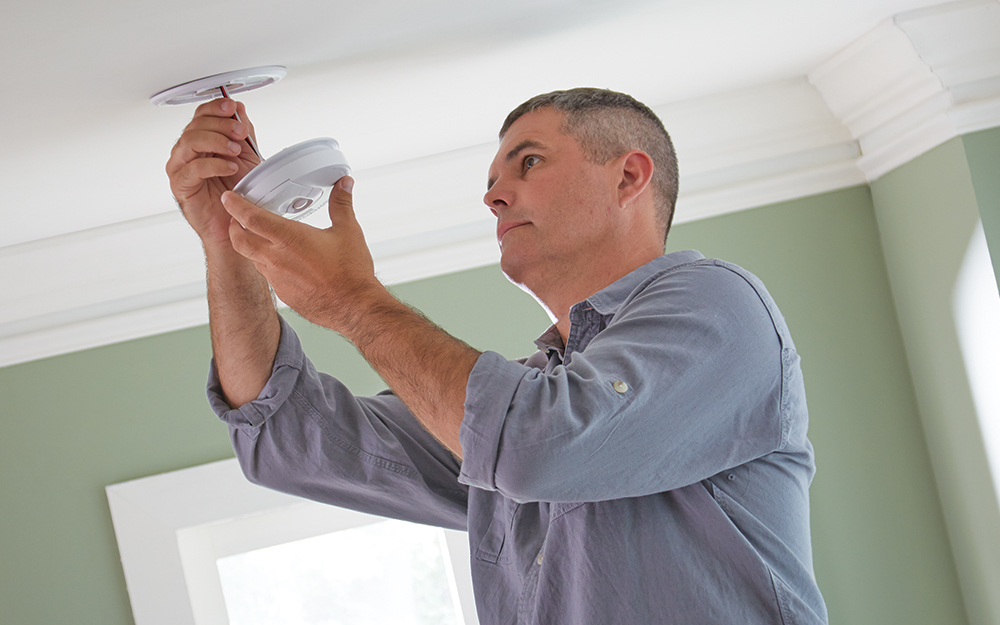
The National Fire Protection Association (NFPA) offers several guidelines for where to install detectors and their upkeep.
- Install smoke detectors on the ceiling or high on the wall 4 to 12 inches from the ceiling.
- Drafts can interfere with smoke alarm operation, so install them away from doors and windows and AC vents.
- Include one alarm on every level of your home.
- Install a smoke alarm in every bedroom.
- Install a smoke alarm in the kitchen only if you can place it at least 10 feet away from cooking appliances. Otherwise, you may regularly trigger a false alarm while cooking.
- Press the test buttons once per month to make sure they are functioning.
- Replace batteries twice per year.
- Replace the alarm every 10 years.
Having multiple working types of smoke detectors throughout the house and at least one CO detector will increase your family’s overall security. Shop our selection for everything you need to install smoke detectors and carbon monoxide alarms your home. Ready to find the supplies you need? The Home Depot delivers online orders when and where you need them.

